Running, or running, is a sport that has been spreading in its practice, becoming more popular day by day. In addition to the fact that running is one of the oldest exercises in the history of mankind that serves as the basis for many other highly popular sports.
Although you might think that running is easy to practice, doing it with an incorrect technique can cause various injuries that, if not taken care of, can lead to severe problems later on. The most common injuries associated with running include injuries to the knees, feet, and ankles, as well as injuries to the back and leg muscles.
Knee injuries, such as patellofemoral pain syndrome and knee tendonitis, can be caused by poor posture or poor running technique. Foot and ankle injuries, such as ankle sprains and plantar fasciitis, are often the result of a lack of strengthening of the foot and ankle muscles, as well as poor shoe choices.
In general, to prevent running injuries it is important to have a good running technique, good footwear, adequate physical preparation and a balanced diet. It is also important to listen to our body and not exceed the intensity or duration of the running sessions. If you experience any pain or injury, it's important to seek treatment as soon as possible to avoid long-term complications.
That is why below we will talk to you in more detail about the most common injuries when running and how to avoid them, in this way you can enjoy all the benefits of doing this exercise.
What are the most common injuries when running?
There are many injuries that can be caused by falling, so we suggest you always do this exercise according to your physical condition and wear the right accessories.
The most common running injuries are:
Patellar tendonitis
It is also known as jumper's knee; since it is more common in athletes whose sports include frequent jumping. This injury causes inflammation and degeneration of the anterior knee tendon that attaches the kneecap to the leg and manifests as pain below the kneecap, mainly when the knee is flexed.
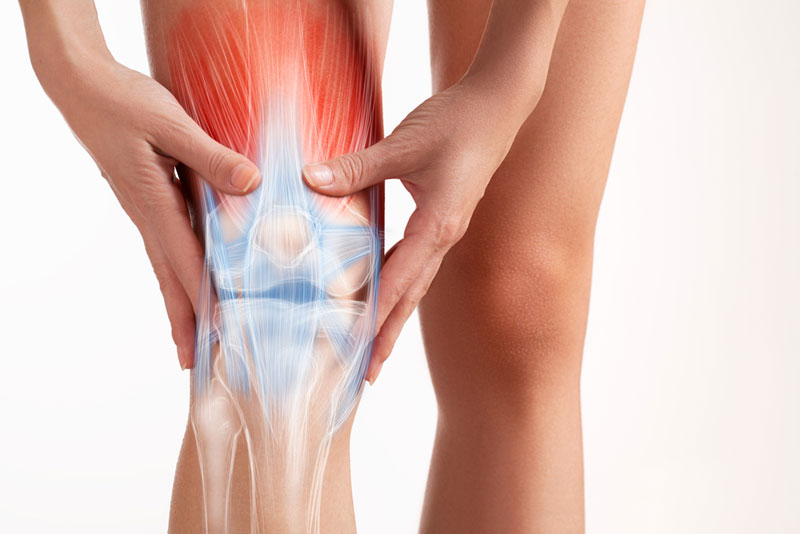
Achilles Tendonitis
This injury occurs when the tendon that connects the back of the leg to the heel becomes inflamed, the pain produced is near the bottom of the foot. This tendon is called the Achilles tendon and it is what allows us to push our foot down and thanks to it we can walk, run and jump.
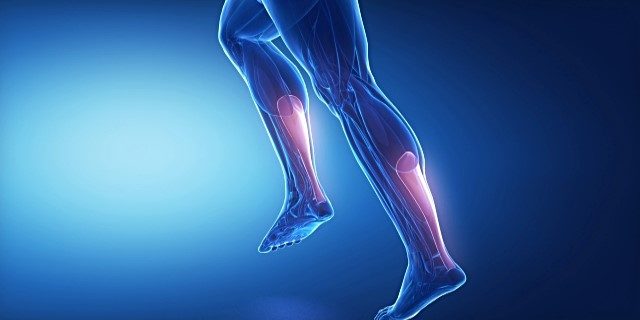
Fibrillar tear in the hamstrings
This injury is commonly known as a muscle tear and is usually caused by different reasons such as: sudden muscle contraction, excessive elongation or effort that exceeds the muscle's capacity.

Plantar fasciitis
This injury is one of the most common causes of heel pain, it inflames a thick band of tissue that crosses the sole of the foot, this band connects the heel bone with the toes. It supports the arch of the foot and absorbs the impact when walking. This condition occurs, above all, in people who are overweight, who work standing up or who use inappropriate footwear when jogging.
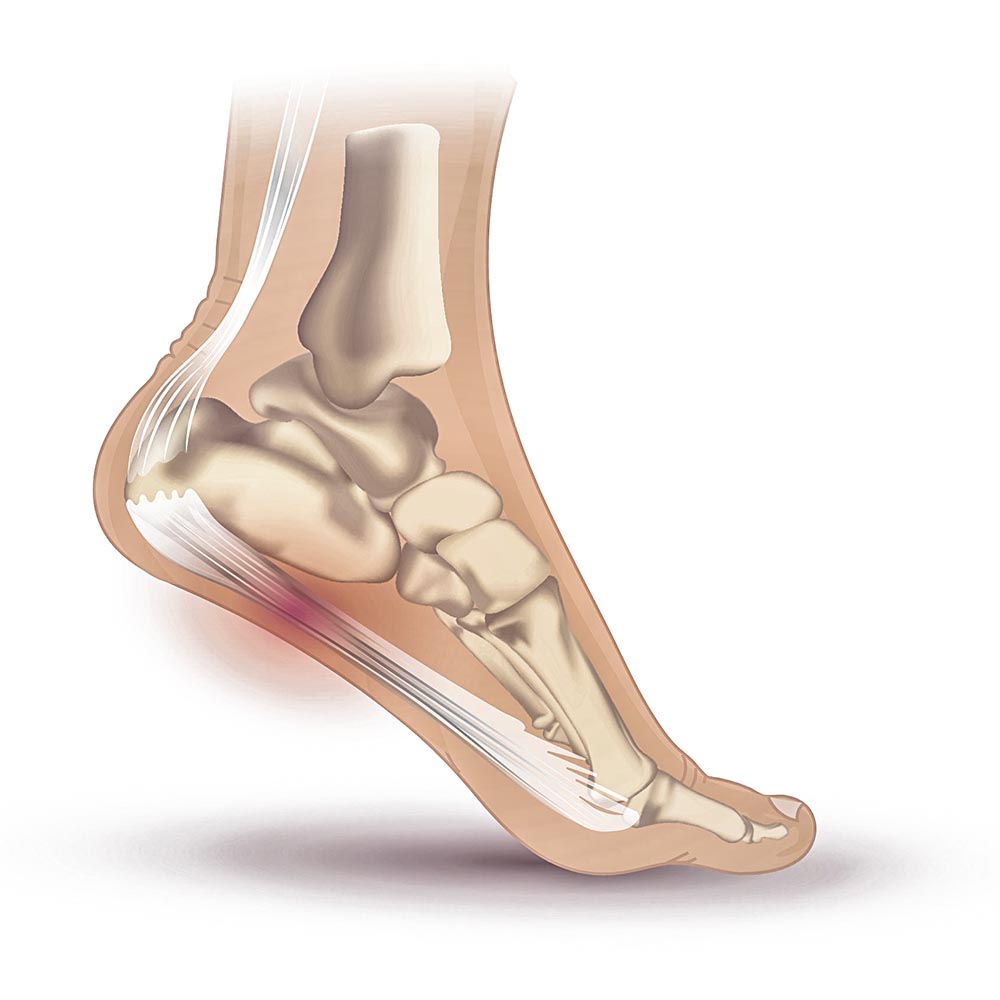
Shin splints
This injury is also known as tibial stress syndrome and causes pain along the inner part of the tibia, that is, it is felt by the shin bone due to the inflammation of the membrane that surrounds the tibia. It is usually caused by running or other high-impact activity and usually improves with rest and does not cause lasting problems.
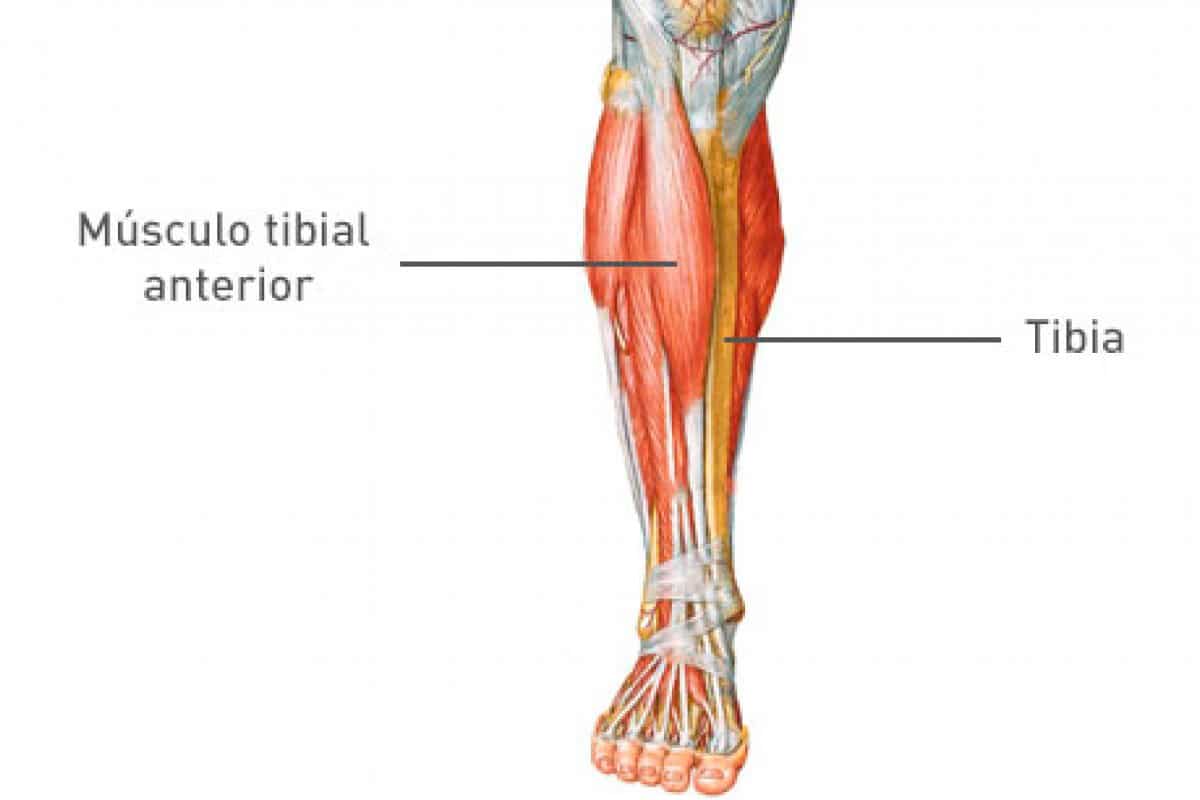
Iliotibial band syndrome
This syndrome is also known as runner's knee and is one of the most frequent injuries in people who run. It occurs when the tendon that connects the hip to the knee repeatedly rubs against the outside of the knee joint, causing discomfort on the outside of the knee.

Stress fracture of the metatarsals
These types of fractures are caused by overuse. When we run, the feet endure continuous pressure every time the ground is struck. This movement can cause weakness in some areas of the bones. It can cause intense pain in the front of the foot that forces you to stop walking.
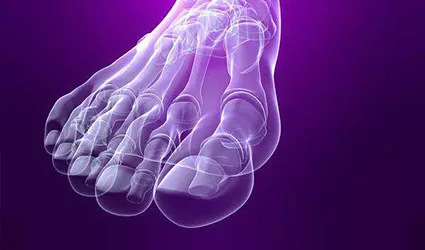
Chondromalacia patellar
This condition is also known as patellofemoral pain syndrome and is used to describe pain in the front of the knee.
It appears when the cartilage that covers the kneecap erodes and softens. It generally occurs due to instability or malposition of the patella in its joint with the femur.

How do I avoid injuries when running?
There are a number of things you can do before, during, and after your run that will help minimize the chances of a fitness-impairing injury.
Heating
It is essential to prepare our body before doing any type of exercise, by doing it properly we can achieve our goal without so much effort and avoiding injuries to our body.
Warm-up exercises before running increase body temperature, blood flow, and heart rate through dynamic stretching and aerobic movements.
The warm-up must be done as a routine before starting our exercise, no matter in what modality. We will show you some warm-up exercises that will help you prepare your body for the demands of running.
There are creams that help warm up the muscles before doing physical activity, we recommend that you try one to avoid possible injuries.
Hamstring stretches
With this training exercise we stretch the back muscles of the thigh. It is done standing up, crossing the legs, and keeping them as stretched as possible, and bending the body forward and trying to touch the ground with the hands, while also pushing the weight of the trunk downwards.
Knee to chest
Standing, we cross our legs, keeping them as stretched as possible, and bend our bodies forward to try to touch the ground with our hands, while also pushing our weight downwards.
Hip flexor extension
For this warm-up exercise, step one leg over the other. The lead leg should be bent, with the knee in line with the ankle and the thigh parallel to the ground. The other leg should be fully extended but with the foot touching the ground.
We repeat several sessions per leg, placing our hands on the flexed knee to help us better maintain balance. This will warm up our legs and hips, which will help the stride.
Knee raise
This warm-up exercise before running must be done very quickly, and arms and legs are warmed up, in a space of 40-50 meters, since it is done as if we were running with very short strides.
We raise our knees as much as possible, and with short running steps, we accompany the movement with our arms. The more the knees rise and the arms move, the better the warm-up and the longer the running stride.
Warm up with twists
In this exercise, speed is also a better warm-up. It consists of moving with the feet crossed towards lateral directions. Cross feet alternately, turning the hip to the opposite side of the crossed front foot, moving outstretched arms in the same direction as the hip, and turning. It is a good warm up for all muscles.
Choice of terrain
There are several types of terrain on which you can run, but we advise you to avoid asphalt at all costs. Because it is a very hard surface, the joints take a lot of effort and are more likely to get injured.
In case you have no other option, you should look for shoes with excellent cushioning, in this way the impact will be less and you will be able to help your joints suffer less.
Soft terrain such as dirt or grass cushions and protects the joints. You can also do this activity on a synthetic track, these are specially made to avoid injuries to athletes.
Keep hydrated
When running, water is lost due to sweating, our physiological mechanism by which the body expels heat during exercise. But in addition to this liquid, important minerals such as sodium, potassium and magnesium are lost, which can increase the probability of a cramp. To avoid this it is very important to drink water before, during and after running.
A fluid loss of 2% of body weight is enough for physical performance to decrease significantly. Depending on the intensity of the race that you are going to do will be the amount of water to ingest, what we recommend is never to wait until you are thirsty and always hydrate a little before starting physical activity.
Choice of footwear
We need to choose running shoes that adapt well to our foot and our type of footprint, which is not as simple a task as it might seem.
One of the first things to take into account is the pronation of your foot, that is, the inward rotation of the foot at the moment it comes into contact with the ground when running or walking.
Depending on your pronation, it will be the type of footprint you have and the type of running shoe you should choose. To find out for yourself the type of footprint you can review your current tennis shoes and see the wear of the sole.
Neutral footstep
Si el exterior de las suelas presentan un desgaste en forma de S desde el talón hasta la punta es bastante probable que tu pronación o pisada sea neutra. Gracias a esto tienes mayor facilidad a la hora de elegir unos buenos tenis de correr ya que prácticamente cualquier modelo te será de utilidad.
Supinated footstep
When the rotation of the foot is excessive outwards we would be talking about supination. Your weight is supported on the side of the running shoe when you land on your foot, affecting the efficiency of your stride.
The impact of the foot against the ground causes a greater vibration that affects the upper part of your legs. People who run and have a supinated foot strike are more prone to injuries and fractures due to the impact of their footfall. If this is your case, choose running shoes with good cushioning.
Pronator
This type of footprint occurs when the rotation of the foot is excessive inward. The weight of the body tends to be transferred to the inside of the foot, which causes contact between the ground and the inside of the shoe, instead of the metatarsals.
This causes an imbalance, causing the foot to rotate inward to regain lost stability. You will be able to tell if your footprint is pronating if your tennis shoes have excessive wear on the inside of the heel and in the area of the big toe. The tennis shoes that you should use are those with good cushioning and support.
Progression in the exercise
When running it is advisable to start from less to more, going for a run does not mean doing a 100-meter dash or completing a marathon in the first week of training.
The rhythm and distance will always be linked to our physical capacity and we must not force our body to carry out an activity to which it is not used or prepared.
A good method to progress when we begin to practice this activity is to carry out training that combines a brisk walk, continuous running and jogging.
Heart check
This point is only necessary for very specific cases, if you are over 40 years of age, are overweight, have a chronic illness or have not exercised for a long time, it would be best to have a medical check-up to find out if there are risks of suffer some cardiovascular discomfort and thus perform the exercise with all possible precautions.
What do you think of our tips to avoid injuries when running? Do you think we missed any important advice? Leave your opinion in the comments and do not forget to share with your friends if you think this article will be useful to them.
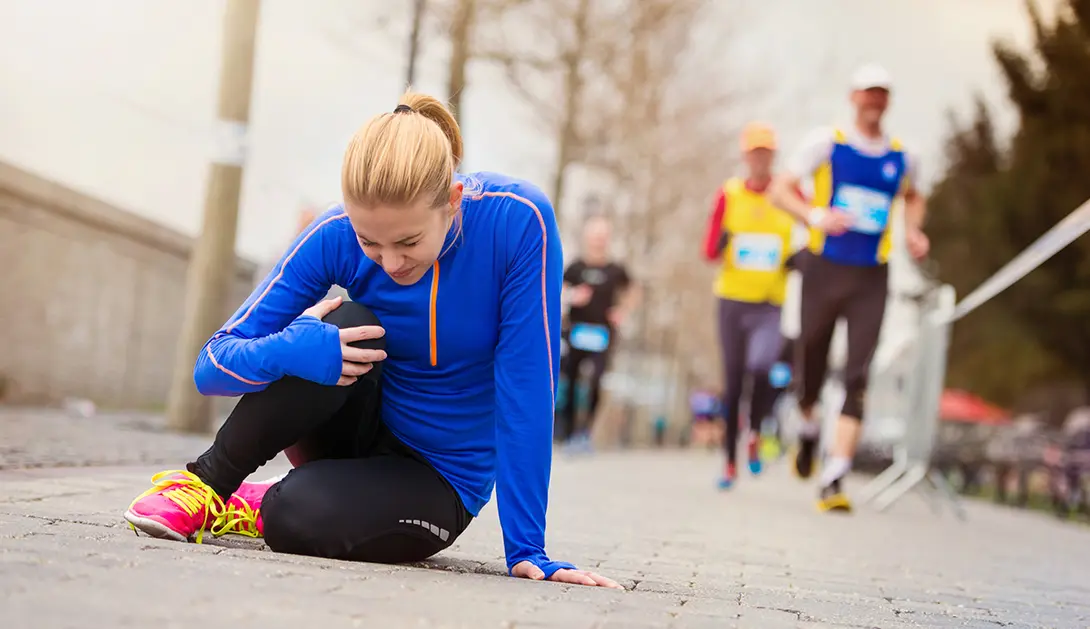
Comentarios